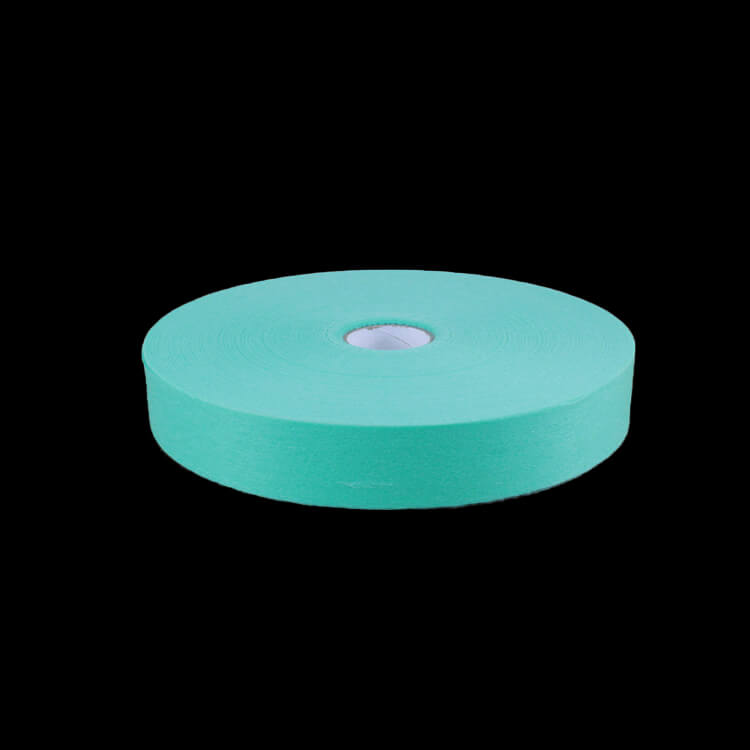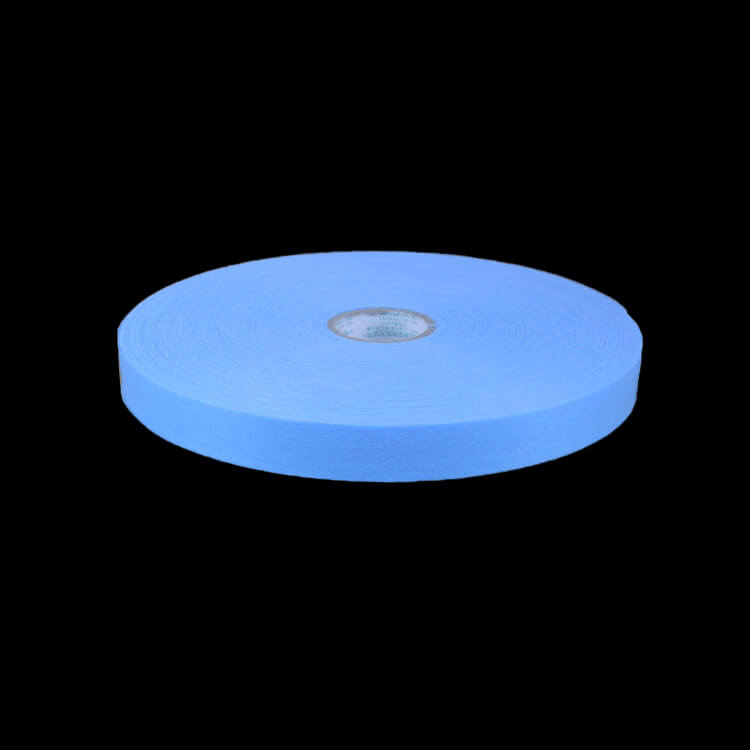Author:Baby & Adult Diaper Materials FROM:Diaper Materials Manufacturer TIME:2023-07-19
Unveiling the Benefits of Diaper Non-Woven Fabrics

Diapers are an essential part of a baby's life, providing comfort and cleanliness. Behind every diaper lies a key component that ensures its effectiveness - non-woven fabrics. These innovative materials have revolutionized the diaper industry, offering numerous advantages in terms of performance, comfort, and sustainability. In this article, we will delve into the benefits of diaper non-woven fabrics, shedding light on their significance and contribution to the well-being of both babies and parents.

One of the primary advantages of diaper non-woven fabrics is their exceptional absorbency. These fabrics are designed with microfibers or small filaments, creating a highly porous structure that swiftly absorbs moisture. Unlike traditional woven fabrics, non-woven fabrics have no interlacing yarns, allowing for enhanced liquid absorption. This capability ensures that the diaper remains dry, preventing discomfort and skin rashes.
Besides superior absorbency, non-woven fabrics also contribute to leakage prevention. The absence of weaving in these materials eliminates potential gaps or tears, making them impermeable to liquids. This feature is crucial in keeping the baby's clothing and surroundings dry, minimizing the risk of leakage accidents. Parents can confidently rely on diapers made with non-woven fabrics, knowing that their little one will stay comfortable and mess-free.

Another significant benefit of diaper non-woven fabrics is their inherent softness, providing optimal comfort for babies. The microfibers used in these fabrics are extremely fine, resulting in a smooth texture that feels gentle against the skin. This attribute is especially crucial for newborns and infants with sensitive skin, as it helps prevent irritation and redness. Furthermore, the softness of non-woven fabrics contributes to a snug fit, ensuring that the diaper remains securely in place without causing discomfort or friction.
In addition to their softness, diaper non-woven fabrics offer breathability. The porous structure allows for air circulation, preventing the buildup of heat and moisture. This helps maintain a dry and comfortable environment, reducing the likelihood of diaper rashes. Babies can move freely without feeling suffocated or overheated, resulting in happier and more content little ones.
Diaper non-woven fabrics contribute to a more sustainable future, making them an excellent choice for environmentally conscious parents. These fabrics are often made from recycled materials, reducing the demand for virgin resources. Additionally, non-woven fabrics can be easily recycled after use, minimizing waste and supporting circular economy principles.
The production process of non-woven fabrics also requires fewer chemicals, energy, and water compared to traditional woven fabrics. This reduces the environmental impact, conserves resources, and lowers carbon emissions. By choosing diapers with non-woven fabrics, parents can make a positive contribution to the planet's well-being while ensuring the comfort and hygiene of their little ones.
Diaper non-woven fabrics have emerged as a game-changer in the diaper industry, offering numerous benefits for babies, parents, and the environment. Their enhanced absorbency and leakage prevention capabilities provide optimum comfort and dryness, while their softness ensures gentle contact with delicate skin. Moreover, these fabrics promote sustainability and environmental friendliness, aligning with the growing global concern for a greener future. By embracing diapers made with non-woven fabrics, parents can prioritize their baby's well-being while making a positive impact on the world around them.

 Email: info@whldiapernonwoven.com
Email: info@whldiapernonwoven.com
 MP/WhatsApp: +86-13599937366
MP/WhatsApp: +86-13599937366
 Manufacturer Address:Room 1105B, Bld M1, Manhattan, Yulongwan, Shimao, Shuanglong Road, Meiling Street, Jinjiang, Fujian, China
Manufacturer Address:Room 1105B, Bld M1, Manhattan, Yulongwan, Shimao, Shuanglong Road, Meiling Street, Jinjiang, Fujian, China